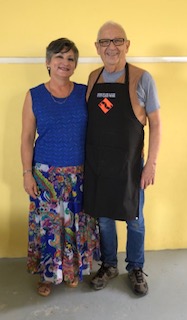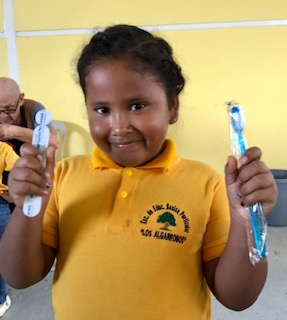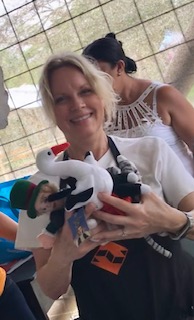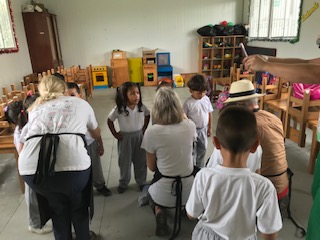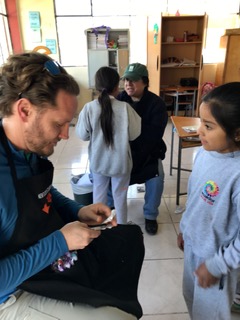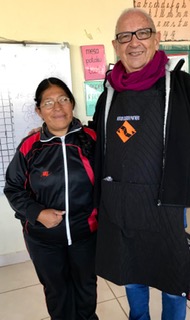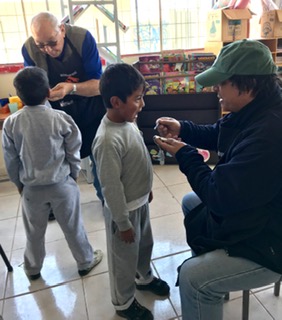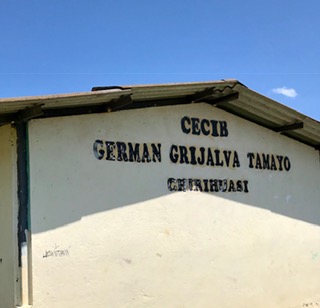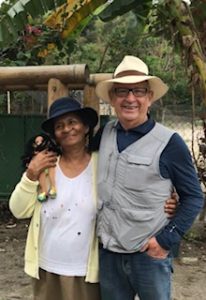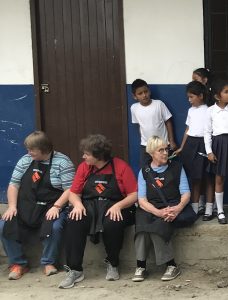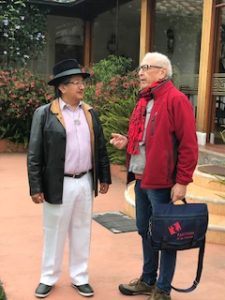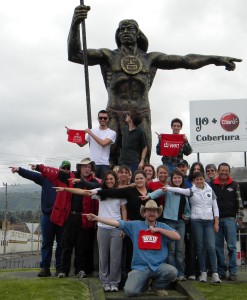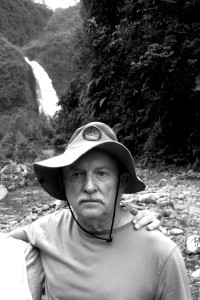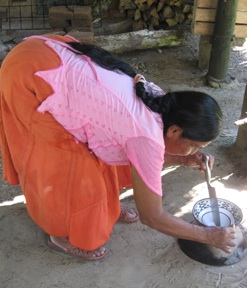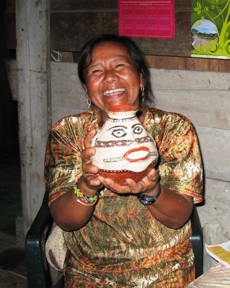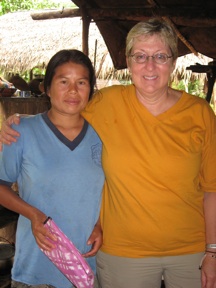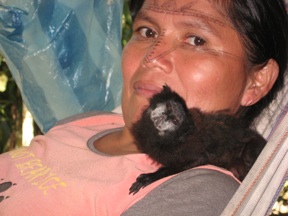March 20
La Merced
High above Esperanza

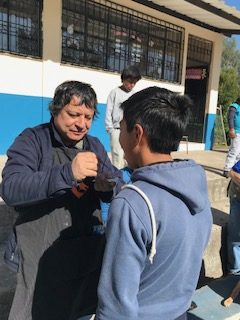
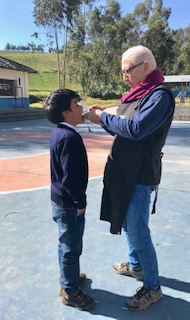

Chiriboga
Another school high above Esperanza, with a view of the backside of Cayambe volcano.

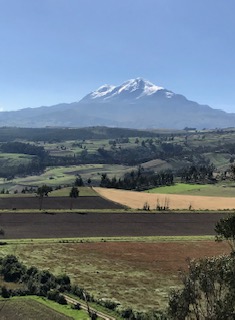
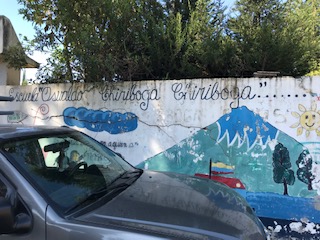

Cheryhuasi.
Another school which may be phased out.
March 7
University of Louisville Associate Dean Amy Shearer Lingo and Ryan Rathman, Manager of International Learning, spent a few days in February on a fact-finding trip, in anticipation of a possible U of L Study Abroad program in Ecuador during Spring Break 2020.
Zuleta
Nicolas Herrera always enjoys working with us.
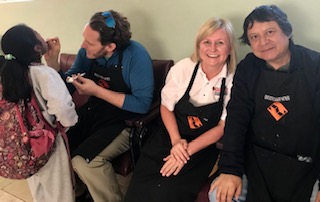
Handing out Beanie Babies
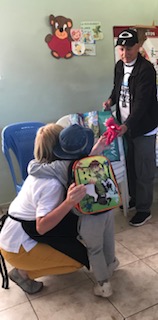
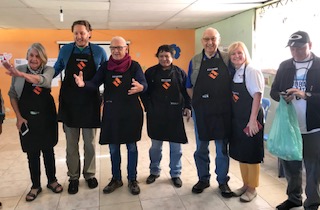
Imbabura
High on Imbabura, the Mother Mountain
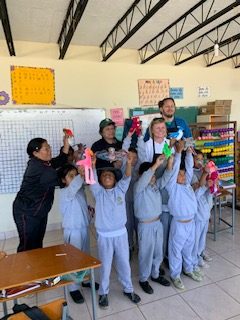
Esperanza
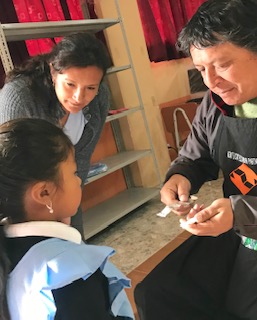
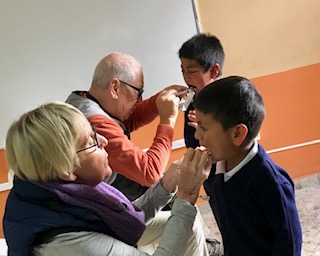
Rumińahua

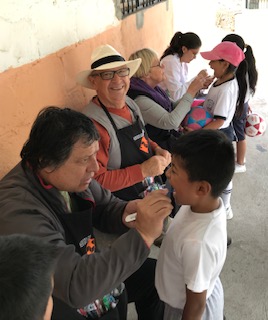
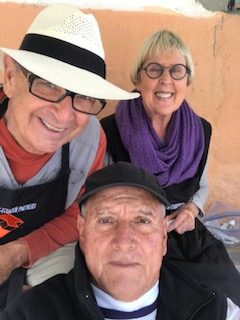
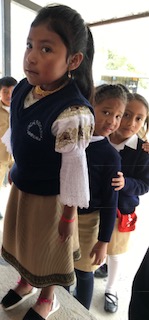
El Abra
The first time we went to El Abra, we were saddened to find they had closed early that day to begin their one-week Spring Break. The government is (maybe) phasing out this school. We later realized there are only 9 students left in this school. Since they live high on Imbabura, surely no bus would arrive to take these kids down to Esperanza for their education. We are hopeful this closing will be rescinded.
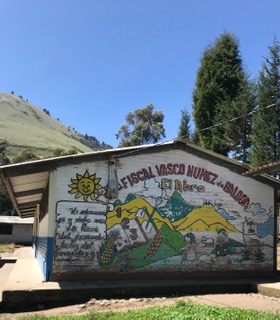

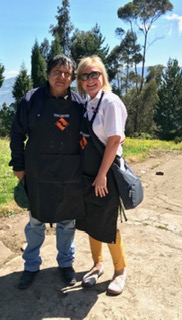

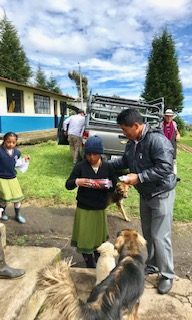
La Florida
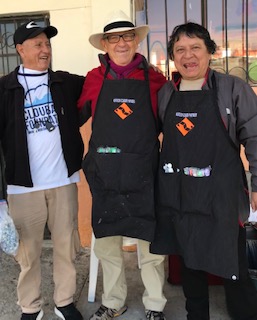

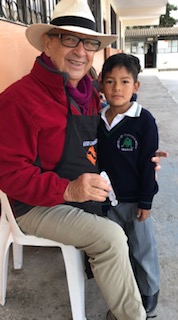

Guapalo
Neighborhood of Quito. Amber Laree, our Partner in the Amazon, cane with two of her 4 daughters to help us.
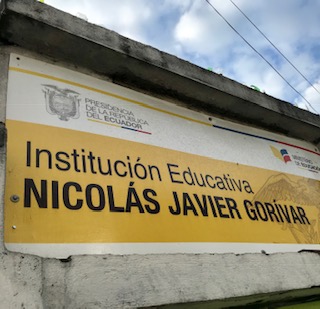
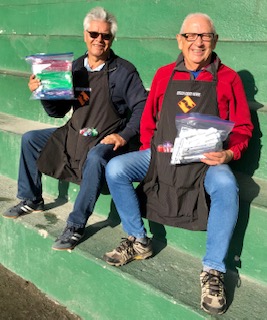
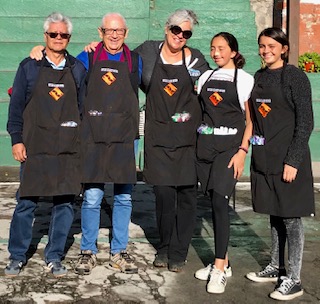
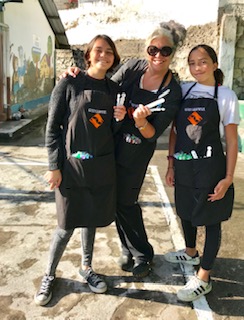
Cayambe
Amber Laree showed up at daybreak to
bring us reinforcements for two schools in Cayambe. Of course Leo Ońa kicked in, also.







Manuel Alban Escuela





Rankin Skinner Soccer Stadium
Applying Varnish on the teeth of the players at the Rankin Skinner Soccer Stadium.
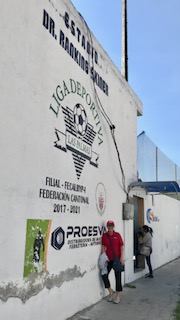
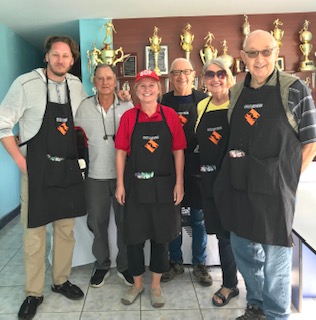

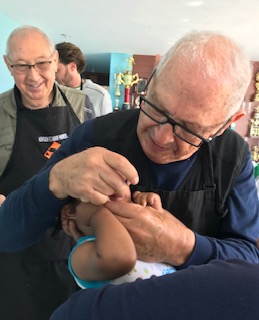

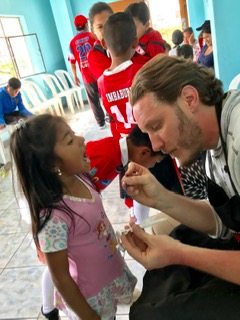

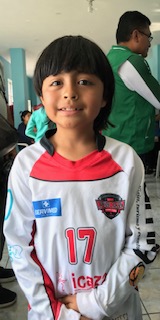
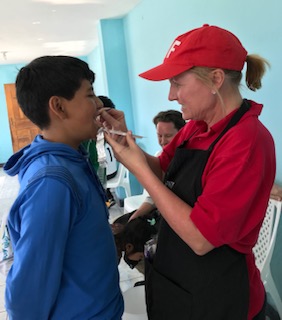

February 13
Cumbaya y Tumbaco
Working with Quito Rotary on Tuesday, Feb. 12
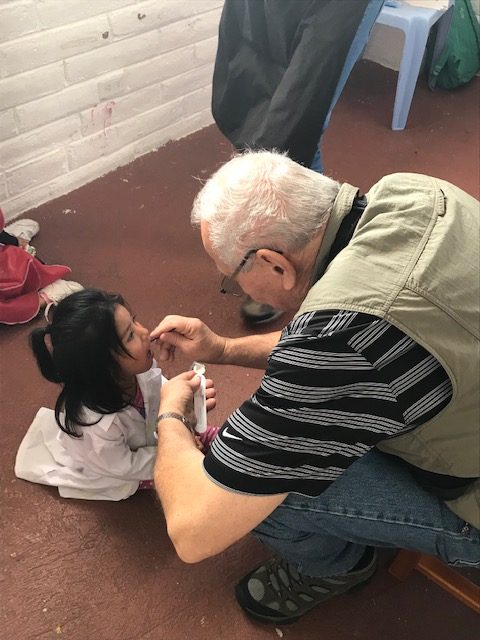
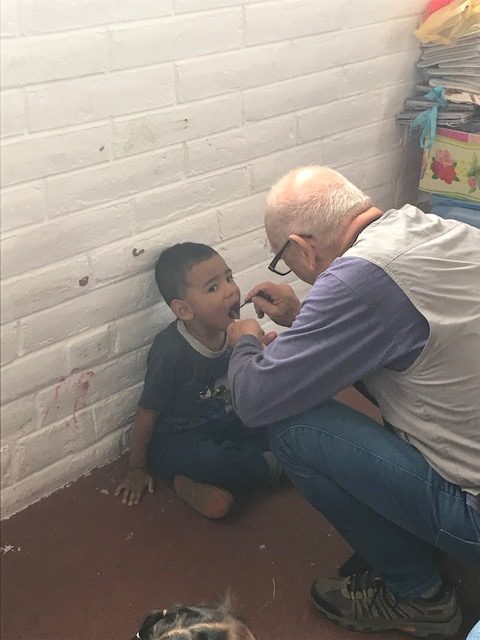
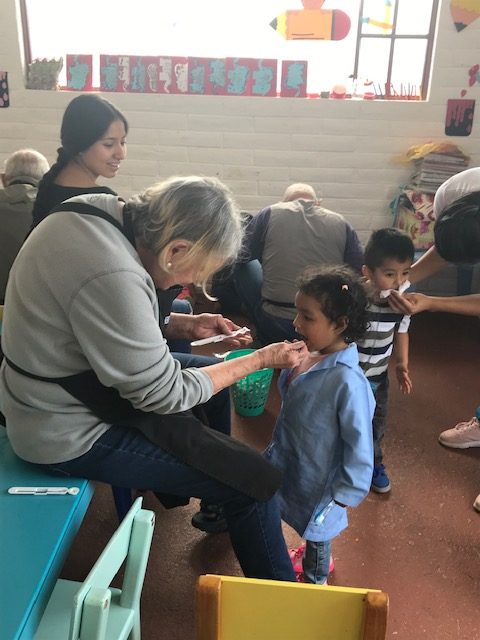

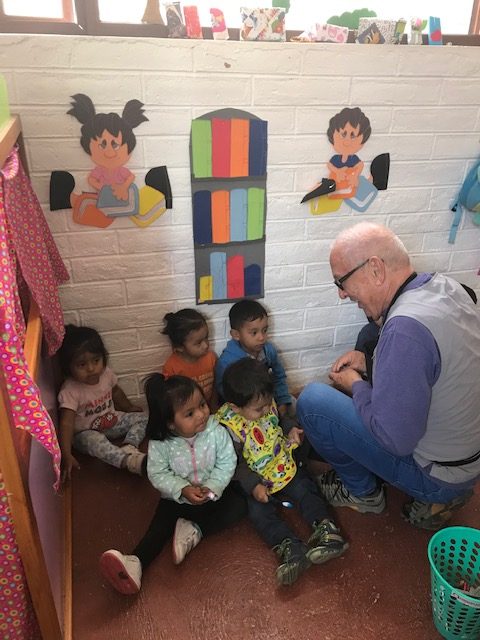
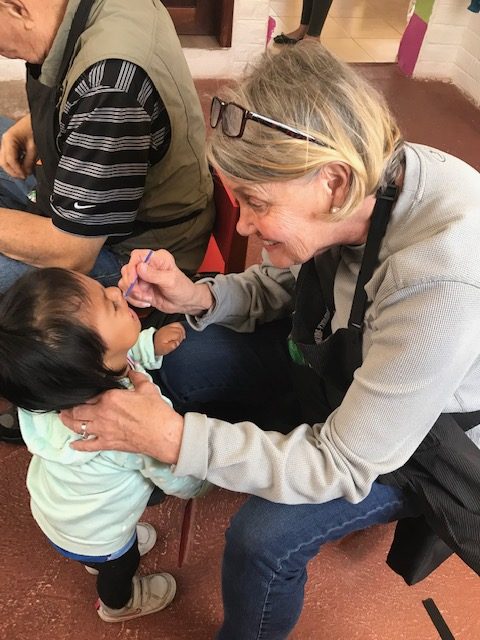
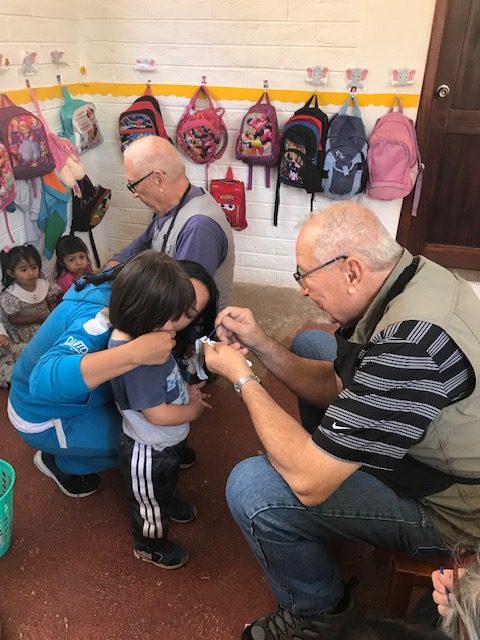

Oyacachi
Oyacachi is situated at 14,500 ft. altitude, the highest in Ecuador. It is the last school in El Chaco Province, at the far edges of Cayambe-Coca National Forest ( home to Spectacled Bears)
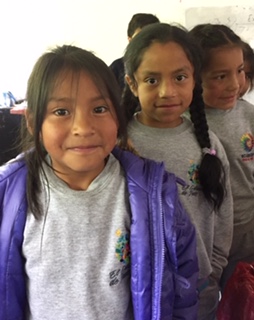


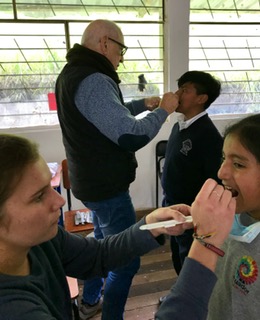
The Mountains – February 6
El Chaco
The Little Angels School
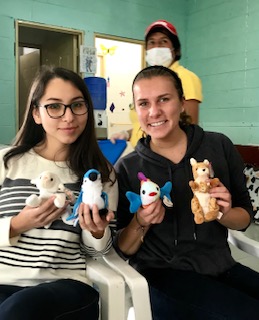
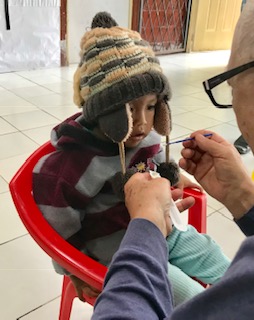


Special Needs
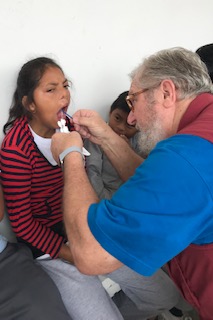
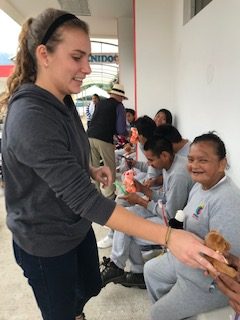
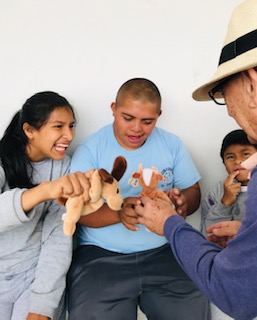
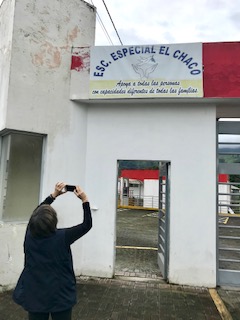
Santa Rosa School




The young woman in the back row, far left is named Jenny. She worked with us to practice her English. She was a good volunteer
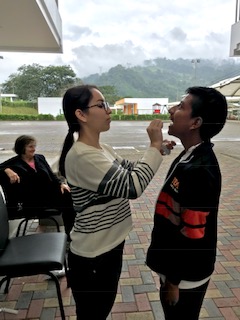
The Little Rays of Light

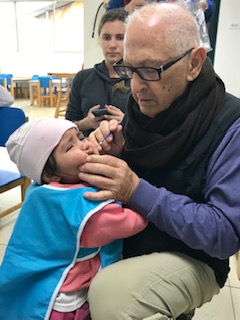
Quito – January 24
Aldec Foundation After-school program, sponsored by Quito Kiwanis.
These at-risk kids are tutored, taught Civics and beginning English, and given a hot meal every school day.





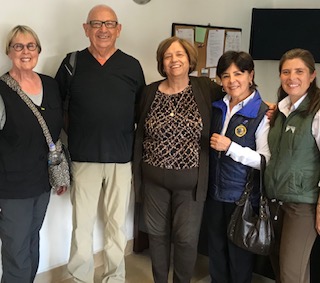
Cotocachi – January 21
All indigenous schools.






IBARRA – JANUARY 17
The Skinners and Dana Stefaniac visited Nicolas’ studio and had dinner at (daughter) Soly and her husband Lenin’s Arte Vista Cafe. Nicolas is one of two Ecuadorian artists who will exhibit at the Central Library Gallery in the fall of 2019. The other is nude artist Jaime Calderon.



THE COAST – JANUARY 15
Rankin, Roberta and Donald Skinner, and Dana Skinner Stefaniak working in the Dutch foundation school Villa Ticca on January 15.
THE COAST – JANUARY 11
Millennium school and Jaime Polit in Bahia.


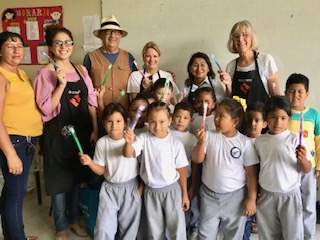
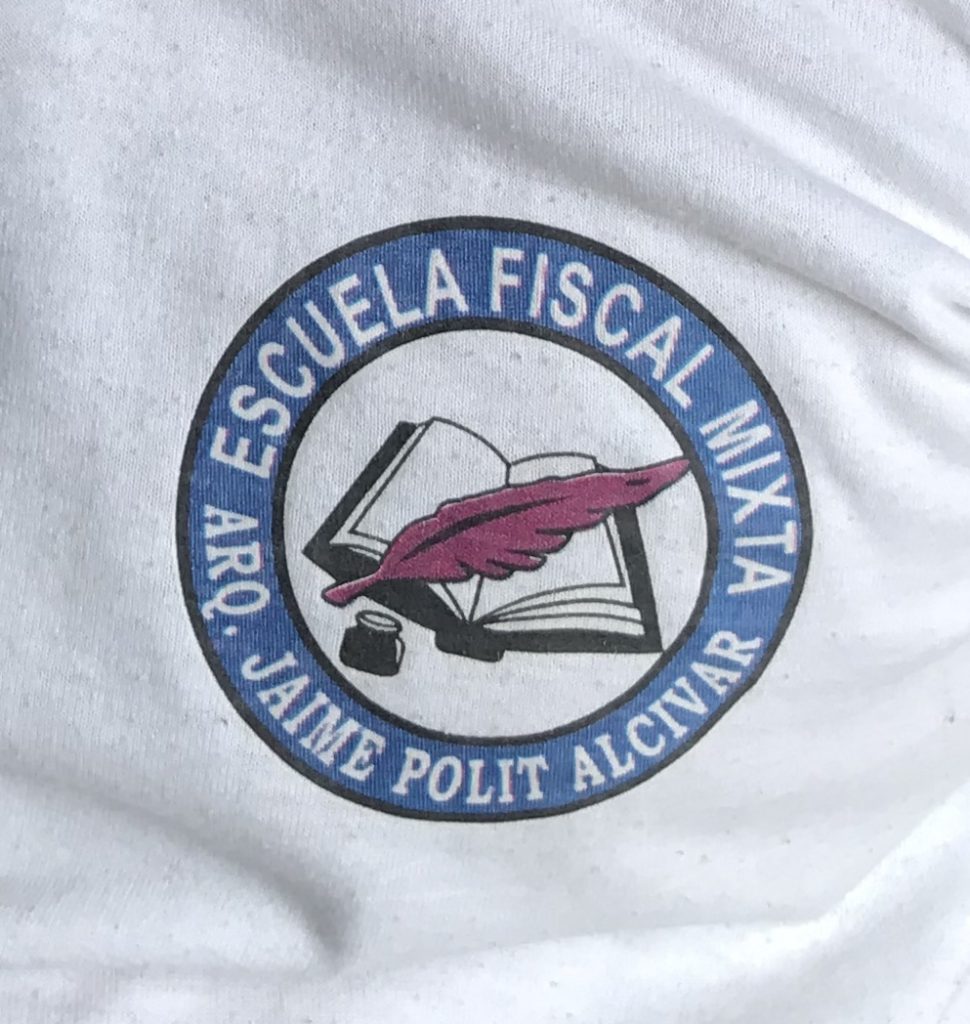
Our new director on the coast, Isabel Sarmiento Betancourt.
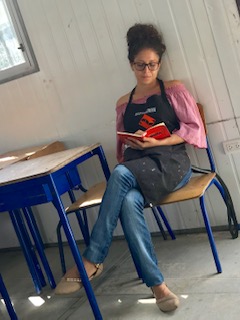
The multi-cultural school in Bahia de Caraquez.
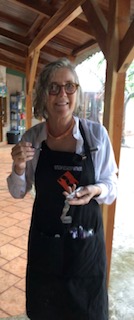

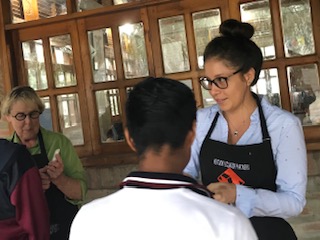

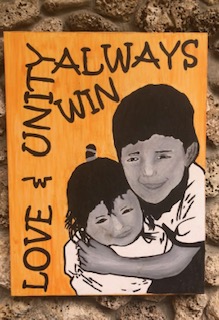

THE COAST – JANUARY 9
KEP members Rankin and Ruthi Skinner, Jan Yon and Terri Berish have been working on the coast this week, in association with the dental project. So far this week, the EDHI has worked in Rio Machacho, Tabuchila, Muyullal, Los Algarrobas, Canoa Beach, Ambache and San Vicente.



